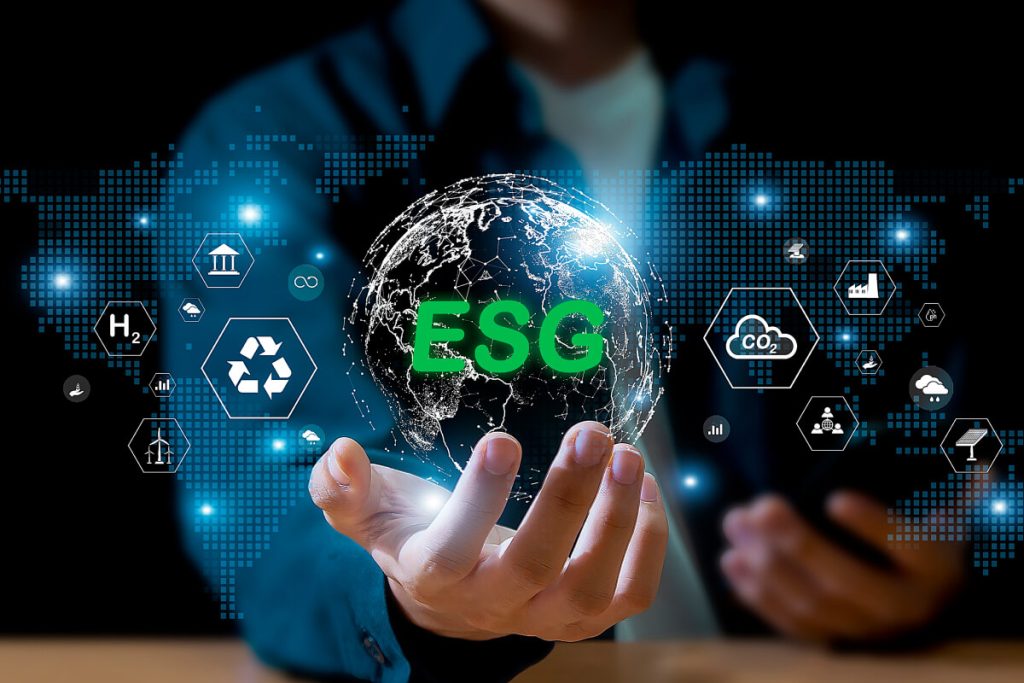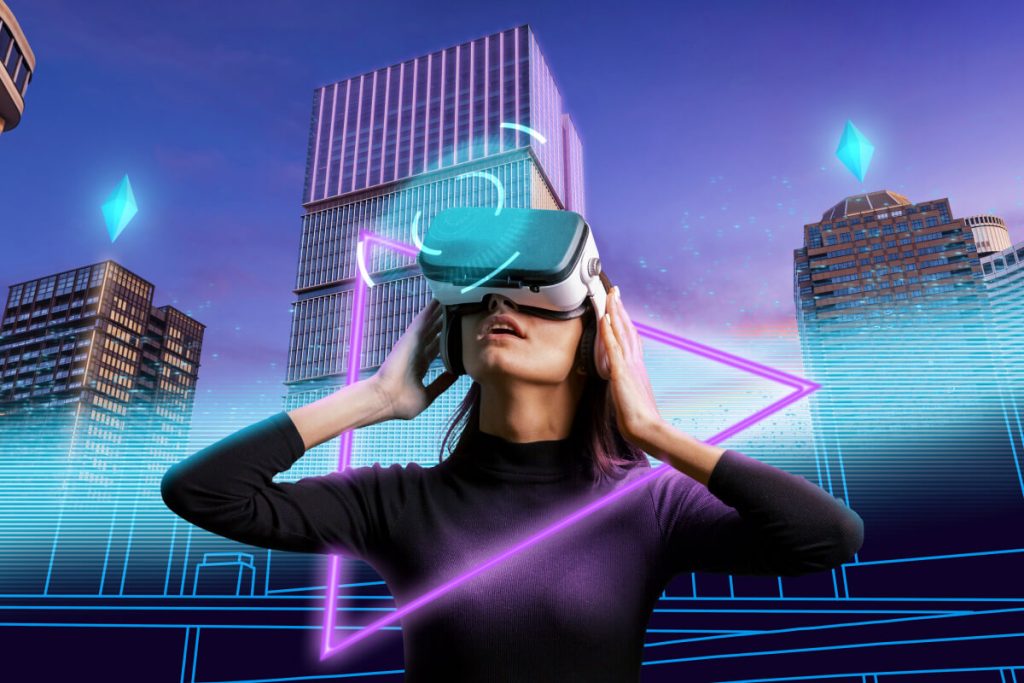Remote monitoring is a subset of Industry 4.0 that ensures operational excellence and data-driven plant optimization. It relies on the digitalization of devices to function effectively. From a technological aspect, remote monitoring devices grew in number along with the rise of sensors and communication technologies. With the emergence and rapid advancement of wireless technologies, implementing remote monitoring solutions has become more accessible and faster. The rise of IoT sensors helped track equipment better and prevented unscheduled stoppages with the promise of longer equipment life. When remote monitoring is the goal, the data collected by IoT devices are used to analyze to provide insight using an industrial cloud platform. Industries such as manufacturing, healthcare, transportation, automotive, and energy use remote monitoring to track IoT device data without the need to be physically present.
While remote monitoring slowly gained popularity, the recent COVID-19 crisis propelled its growth forward. According to The Remote Monitoring and Control – Global Market Trajectory & Analytics report by ResearchAndMarkets.com, the global Remote Monitoring and Control market is expected to reach US$31.7 Billion by 2026.
Here’s more detail regarding how IoT has improved industrial remote monitoring:
- Smart machines are equipped with sensors and software to track and collect data
- Cloud computer systems are responsible for storing and processing this data
- High-end data analytics systems derive helpful insights from the data collected and forward them to industrial supervisors and engineers
- Manufacturers can optimize operations leveraging these insights
Lessons
Monitoring remote environments has been made better with the surge of the Internet of Things (IoT). Telematics, remote patient monitoring, remote factory monitoring are some of the best examples of IoT-based remote monitoring. This has shown tremendous results while being used with connected equipment. Significant benefits include improved efficiency, cost performance, device uptime, and customer value. Here are a few valuable lessons to remember:
- Leverage the intelligence from data analytics to improve productivity and monitoring factors
- Ensure the availability of both the data and the automation systems generating it
- Start with an initial pilot and expand after demonstrated successes.
- Track KPIs in real time for continual improvement
- Quality of communication with remote assets is vital to the success of remote monitoring
- Use cases of remote monitoring in factories or other manufacturing industries go far beyond just asset management
Trade-offs
As remote monitoring gains popularity, it raises the question of the collected data quality. Depending on the monitoring needs, there is a need for continuous measurement. Two vital factors affect data quality — accuracy and reliability. Both aspects are driven by how the device is set up and the parameters with which it collects data. While the comparison is between data quality and usability trade-off, other factors must be considered while using a remote monitoring device. For instance, heart rate data collected from a smartwatch is not as accurate as collected from a chest strap. Some other trade-offs are costs involved in setting up a robust IoT system including infrastructure and software, power consumption, data ownership, data compatibility with the ecosystem, etc.
Application of Remote Monitoring across Industries
Remote monitoring has found a place across the agriculture, automotive, healthcare, and energy industries. For example, agricultural businesses leverage IoT sensors in tractors to analyze soil conditions, moisture levels, and pests. The automotive industry uses remote monitoring devices to assist in maintenance and repairs. The energy industry can track device consumption to improve resource utilization. Of all the industries, healthcare has wide usage and reach for remote monitoring. Telemedicine and smart health devices have a permanent place in the healthcare industry as they help doctors monitor patients in real-time without needing to be physically there. In the Industrial Internet of Things (IIoT), remote monitoring helps with the virtual management of processes, temperature, water quality, pressure, remote assets, and machine health.
Challenges in Remote Monitoring
While remote monitoring comes with many benefits, there are also instances where it diminishes in value. Some of them are:
- Large industrial sites will find it cumbersome to build a custom monitoring solution
- Lack of customization can interfere with industrial use cases
- Universal deployment and usage still have their drawbacks
- Device and data security for IoT systems not fully regulated yet
- Establishing a connection with a third-party monitoring solution is still complicated
- Multi-vendor support is still nascent
- Communication and connectivity networks with the existing system may not support remote monitoring solutions
Future of remote monitoring
Today, remote monitoring has found itself a place in organizational digital transformation. With a surge in industrial automation, remote monitoring is gaining momentum as it can track and log the performance of industrial machines in real time. As businesses move away from traditional bookkeeping, remote monitoring and IoT devices offer complete digital records of all relevant data about industrial equipment. Over the next few years, new technology, such as edge computing-powered controllers and wireless emergency shutdown devices, are expected to find a firm place in the world of IIoT.
At GS Lab | GAVS, we believe that IoT is breaking barriers between things, and between things and humans, and that it is something to be realized collaboratively. For more on our multifaceted services please visit https://www.gslab.com/internet-of-things

Author
Mandar Gadre




